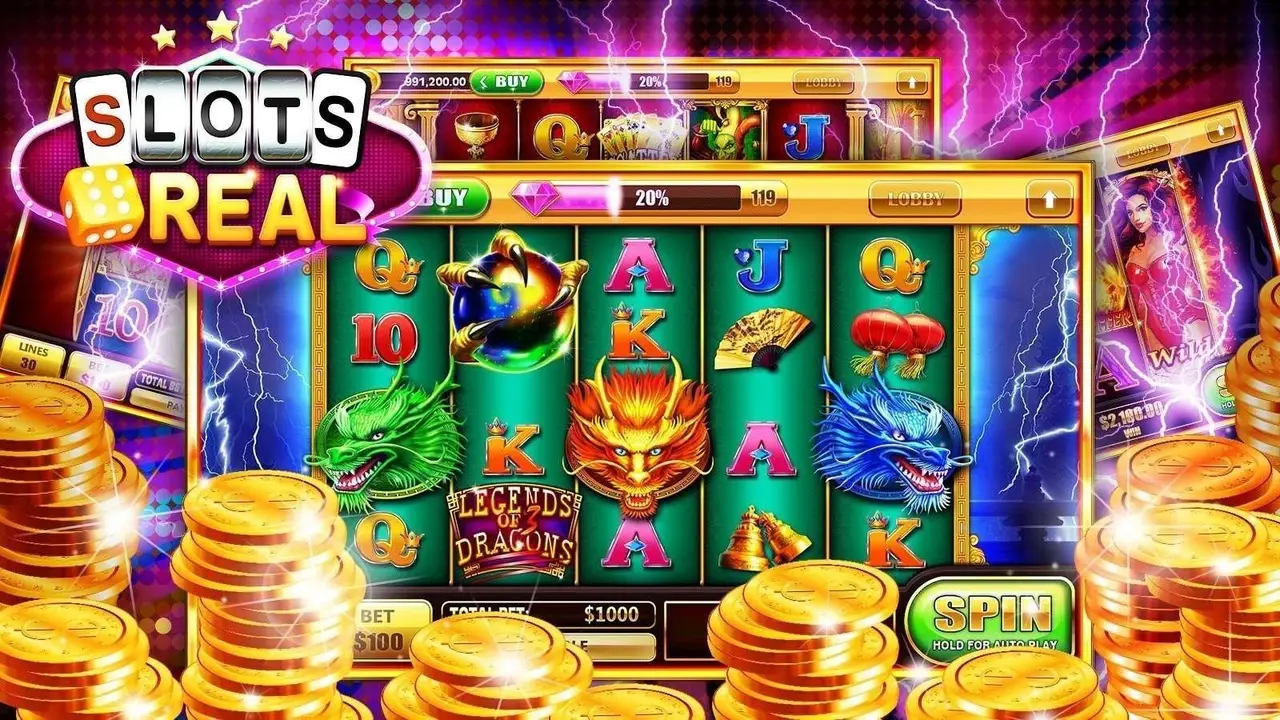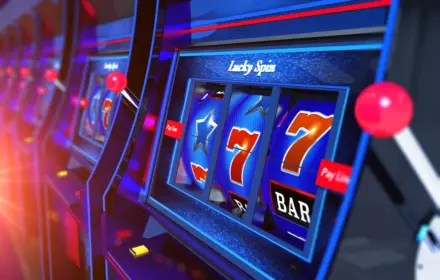Slot machines remain a popular format of gambling entertainment, but from a fiscal responsibility perspective, they are equated to all other forms of income. According to current legislation in Russia, the tax on casino winnings applies to amounts exceeding 4000 rubles per year. Even in the case of a random win processed through a bank transfer, the funds must be accounted for and declared.
Depending on whether the prize is received in an official gambling zone or on an online platform, the taxation mechanism varies. When payouts are made from licensed platforms, the operator may act as a tax agent and automatically withhold the amount. However, when funds are transferred directly, the tax responsibility falls on the participant.

Common Myths About the 13% Tax Rate
There are many misconceptions surrounding the 13% tax rate. Some are supported by outdated regulations, while others arise from a lack of information. Below are erroneous judgments that need to be debunked:
- 13% applies to all winnings without exception;
- tax is only withheld when paid through a bank;
- residents and non-residents pay the same amount;
- the platform always reports the data to the tax authorities;
- small winnings do not need to be declared.
Each of these statements does not correspond to the current procedure. In fact, in Russia, the tax on casino winnings depends on the individual’s tax status, income source, and amount received.
New Taxation Scale Details
Starting from January 1, 2025, Russia will implement a progressive system that also covers income from gambling activities. It includes the following threshold values:
- 13% — for total income up to 2.4 million rubles per year;
- 15% — for income between 2.4 and 5 million rubles;
- 18% — for income ranging from 5 to 20 million rubles;
- 20% — for amounts between 20 and 50 million rubles;
- 22% — for amounts exceeding 50 million rubles.
For non-residents, the fixed rate is 30%, regardless of the amount. Therefore, the tax on casino winnings in Russia can vary significantly depending on the taxpayer category.
Taxation in the Online Format
Prizes obtained through virtual platforms are subject to taxation under the same conditions as winnings in traditional establishments. If the operator is registered in the country, the platform administration takes on the responsibility of transmitting information to the tax authorities. In other cases, especially with transfers from foreign operators, individuals must independently file a declaration.
In Russia, the tax on online casino winnings requires adherence to the same deadlines and calculation principles as receiving funds in offline mode.
How to Pay Tax on Casino Winnings: Error-Free Algorithm
Correct payment requires following a sequence of actions. When faced with a tax obligation, the algorithm looks as follows:
- determine if the amount of winnings exceeds the minimum exempt threshold;
- set your tax rate based on the annual income level;
- prepare documents confirming the receipt of funds;
- submit a declaration using form 3-NDFL;
- submit the documents to the tax authority by April 30;
- pay the calculated tax by July 15.
Strictly following all steps eliminates the possibility of incurring penalty sanctions.
Slots and Automated Draws
In the case of winning on slot machines, the payout can be made either through the cashier or as a non-cash transfer. Both options must be reflected in the reporting. If the amount exceeds the established minimum, the income must be declared. In the absence of action by the operator, the responsibility for meeting fiscal requirements lies with the recipient.
Thus, the tax on casino winnings in Russia in the slot segment is based on the same principles as in other formats — with full financial reporting and mandatory calculation.
Jackpots and Increased Regulatory Attention
Large winnings often attract close scrutiny from the Federal Tax Service. This is especially true when the funds received exceed several million rubles. In such cases, the law requires documentary evidence of the income source, as well as additional identification procedures.
The operator must send the information to the database, after which the tax service notifies the recipient of the need to declare. Ignoring the requirement can lead to fines, account blocking, or legal action. Accordingly, the tax on casino winnings in Russia becomes an integral part of the legal support for large prizes.
Do You Need to Pay Tax on Casino Winnings When Losing?
There is a common belief that in case of losses, one can avoid fiscal obligations. However, the legislation does not support such an interpretation. Losses do not offset the tax liability, as the calculation is based on positive income, not the balance between winnings and losses.
An exception is only possible for winnings not exceeding 4000 rubles per year — in such a case, no tax is levied.
Tax on Gambling in Russia: Regulatory Specifics
The gambling sector is regulated at the federal level. The main regulations are contained in the tax code and in separate laws related to gambling regulation. Organizations are required to keep records, prepare financial reports, comply with verification rules, and interact with the regulator. In case of violations, administrative and criminal liability measures are provided.
The participants receiving income are obliged to fulfill fiscal obligations based on the amounts received. Therefore, the tax on casino winnings is not a fiction in Russia but a specific mechanism for ensuring financial transparency!

Conclusion
The idea that the 13% rate is always applicable does not stand the test of time. Modern taxation rules in the gambling segment involve a flexible approach depending on the recipient’s status and income amount.
Regardless of the source — whether roulette, slots, or online casinos — the profit obtained must be accounted for and documented in accordance with regulations. Otherwise, the tax on casino winnings in Russia becomes not only an obligation but also a potential cause for penalties.
 en
en  ru
ru  de
de  ar
ar  es
es  hi
hi  fr
fr  nl
nl  it
it  pt
pt  el
el 













